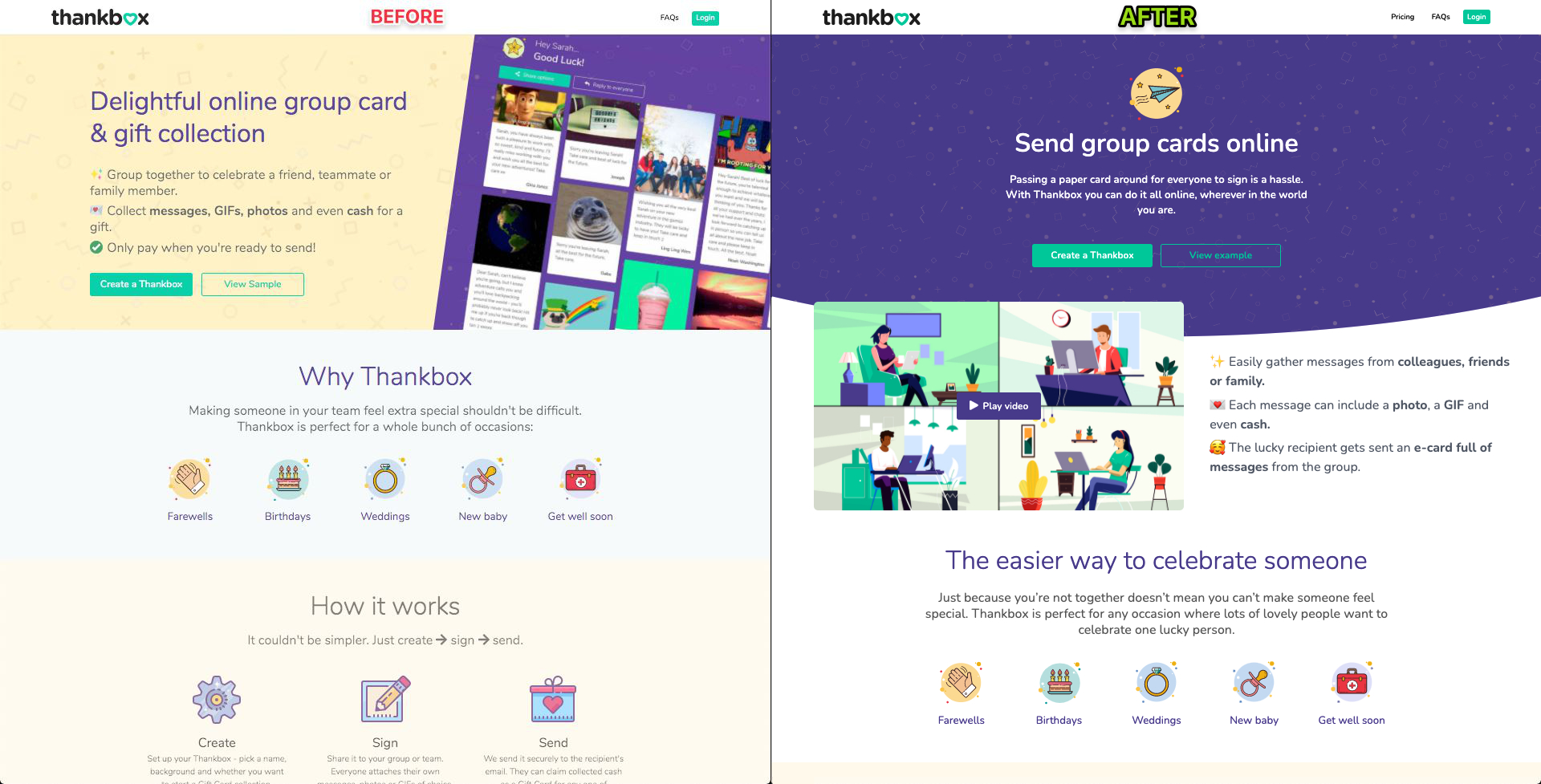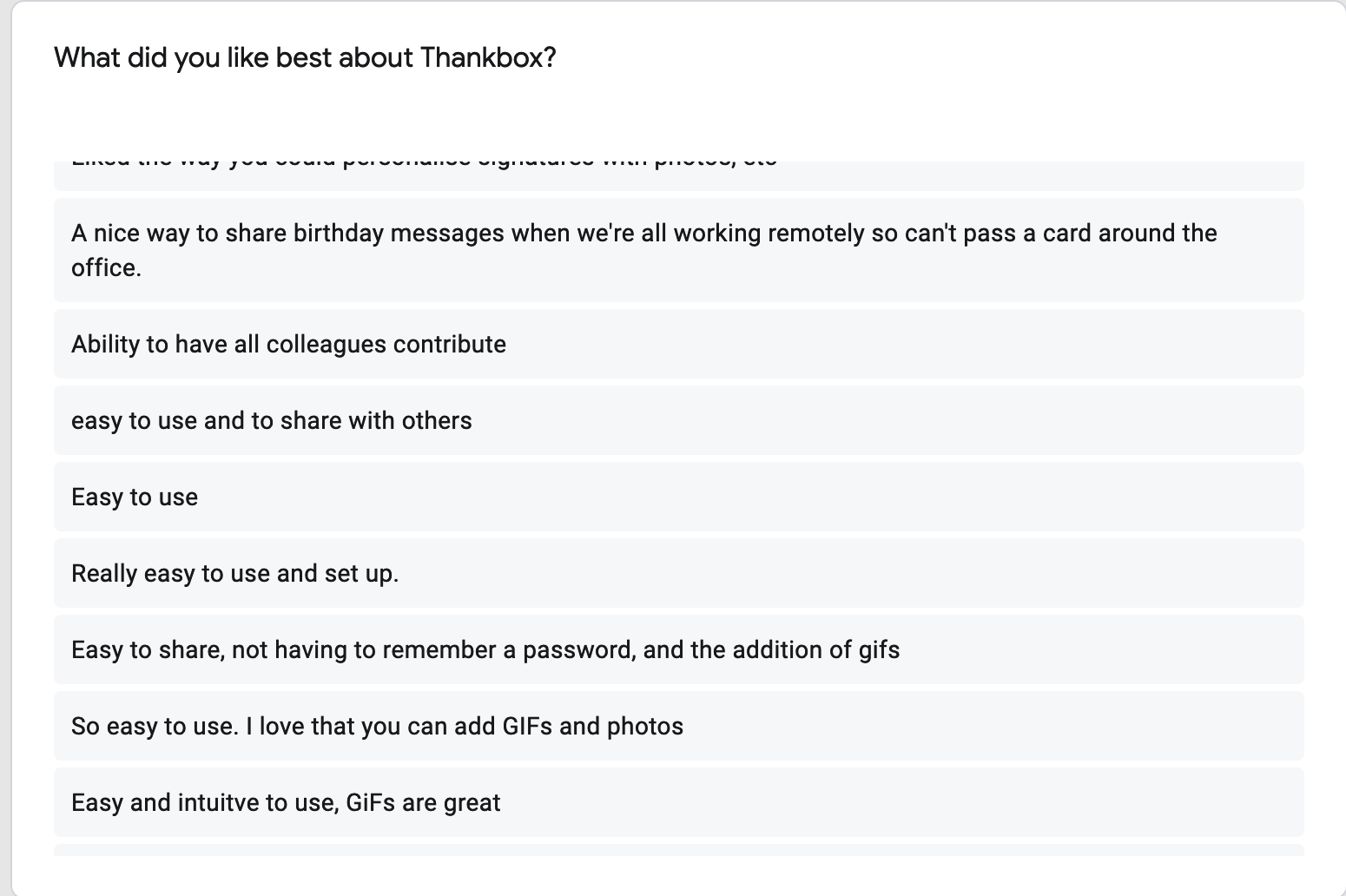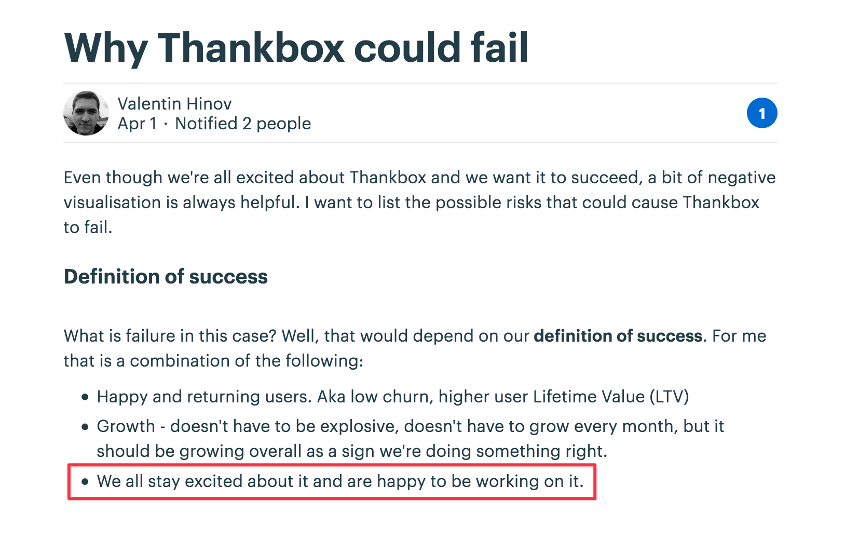Deep Dive: Valentin Hinov of Thankbox
How I Launched and Grew my Startup by 500% During the COVID Crisis
When Valentin Hinov moved from Bulgaria to Scotland in 2010, he knew life would be different. But something he hadn't anticipated was the UK's culture of office celebrations. Every occasion - whether it was a birthday, promotion, or retirement - is celebrated with cards and, sometimes, cash.
And although his coworkers were perfectly charming, Valentin, who had a background in game development and app design, was sure that there was a digital tool out there to make the process of collecting group gifts easier. To his surprise, Googling turned up nothing. Instead of waiting, he decided to build an online group card and cash collection tool himself.
But in 2019, Valentin was busy with life and work, so the project was put on hold. Until March 2020, that is, when he (and the rest of the world) were sent to work from home, rendering traditional office parties impossible for the foreseeable future.
And while others adjusted to remote life, Valentin resumed his work towards a prototype, turning his vague idea into Thankbox.
In true bootstrapper fashion, Valentin and his wife put together a small budget for the fledgling startup. But it wasn't enough to afford a full-time developer, which was a problem, as Valentin had never designed a website, only apps. Luckily, he worked out a profit-sharing deal with a developer friend, @joe_pritchard, to get Thankbox off the ground while the bulk of the funds, about $1k, went towards designer to make sure Thankbox looked great.
With a simple tech stack and a tiny scope (a lesson learned from prior projects), Valentin and Joe worked at a breakneck pace to pull off a May 2020 launch, less than two months after they'd started work.
All the while, Valentin built in public, Tweeting and posting to Indie Hackers and LinkedIn about his journey. And that, surprisingly, led to his first sale.
Usually, when an indie hacker launches, they don't bank on any day one sales. But Thankbox got its first sale almost immediately. An old friend from university followed Valentin on Twitter, and happened to see that Thankbox was launching on the same day one of his colleagues was leaving his team at Ubisoft. He bought a Thankbox and the whole team loved it, giving Valentin the product validation (and motivation) he needed.
This was the first hint of what would later become an extremely important element of marketing Thankbox: word of mouth and networking. Over time, that first sale would turn into 20 more, as people from the original group remembered Thankbox and used it at Ubisoft, then took the memory of the tool to their new jobs, where word continued to spread.
Thankbox's inherently social, sharable elements were part of what helped it gain a foothold in the target market.
The next six months of sales were primarily to friends and colleagues, which offered Valentin valuable insights and feedback so he could constantly iterate and improve the product.

Their success came down to two factors:
-
The first was making it as easy as possible to make a sale. By the time someone makes a Thankbox and collects at least two messages in it, they're 90% more likely to buy it, so Valentin aimed to get users to that point as quickly as possible. Thankboxes are $5.99 each, but users don't pay (or even register) until they're ready to send it.
-
The second was by finding the right advertising channel. Valentin tried social media advertising, but it flopped. Why? The first problem was that people didn't understand the product. To educate his prospects, he paid $300 to a marketer on Fiverr to create a video to explain the product quickly and to show its value. He redesigned the homepage to feature the video prominently and make the Thankbox process crystal clear.
It worked.

The next thing he did was create a Google ad campaign, since he realized that people were searching for it online - he just needed to be ready for them. A $15/day campaign did the trick, leading to much of their growth.
These days, Valentin's goals for the future are centered around product improvements, including a premium tier with more options and subscription packages for businesses who frequently use Thankbox. But his ultimate goal? To go full time with Thankbox in 2021, as he currently helps pay for his part-time contractor team by doing contract work of his own on the side.
Indie Hackers asked Valentin what his advice was for others who wanted to build a successful business, and he had plenty to say:
- Prepare before you start. While building a startup is always a bit of a leap of faith, it's good to at least know what you're leaping into.
- Hire a team, even part time, if you can, to fill skill and knowledge gaps.
- Timing is everything, so pay attention to what's going on in the world.
- Make your product easy to use as possible.

- You'll learn the hard way, even if you're warned.
- A lot of advice only makes sense in retrospect. But that's all part of the journey.
- Have a great support network, for both good and bad times.
- Building a startup can and should be fun, even if it's not ultimately "successful".

Valentin's book recommendations:
- Building a Story Brand by Donald Miller and
- Obviously Awesome by April Dunford.
- Online resources:
- First 1000 substack
- Marketing Examples
Want to learn more about Valentin and Thankbox? Here's where to look:
- Valentin's Blog
- And Thankbox's IH page
Check out the full interview test here

His story is a great roadmap for the areas of focus when starting an app! There were so many things I overlooked when I started Stay A-OK last year, like the admin panel, and I've suffered because of it.
The not knowing where to begin the biggest hurdles for people that want to start something, and his story helps take the indimidation out of it.